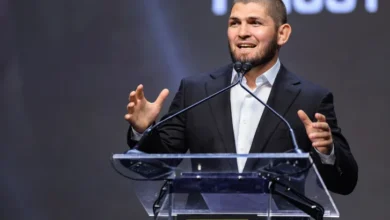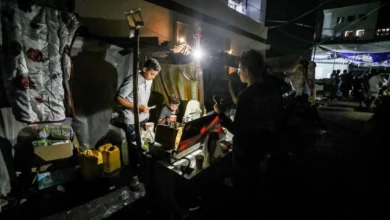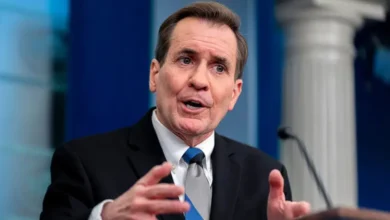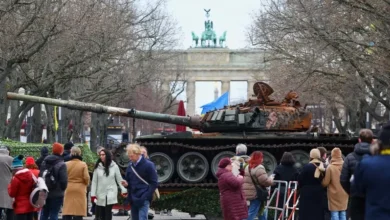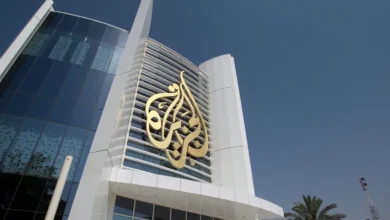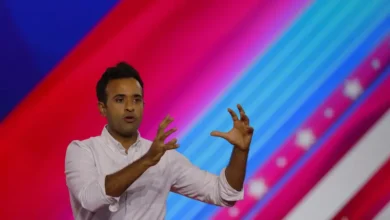How the Justin Trudeau era changed Canada
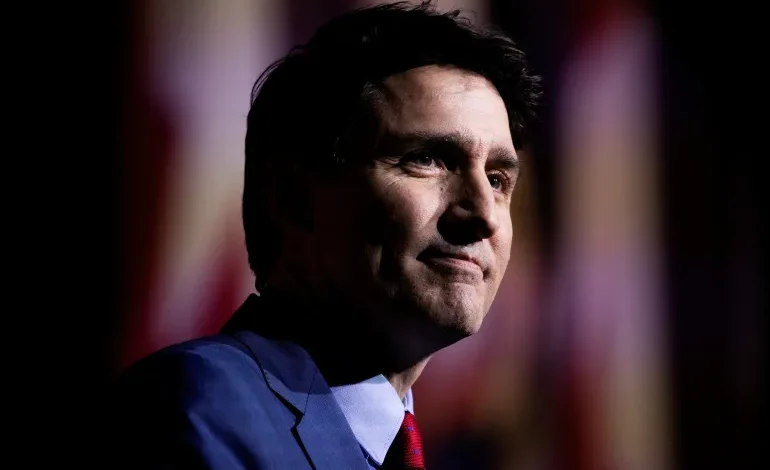
“Sunny ways, my friends. Sunny ways.”
That’s how Justin Trudeau, smiling widely and waving to a crowd of supporters, began his 2015 victory speech, just hours after his Liberal Party secured a surprise majority in Canada’s general elections.
“This is what positive politics can do,” Trudeau said, promising to usher in “real change” after nearly 10 years of Conservative leadership under his predecessor, Prime Minister Stephen Harper.
Now, nearly a decade after he swept into power, Trudeau is stepping down as head of the Liberals.
The decision effectively ends his tenure as Canada’s prime minister amid a wave of internal dissent, opposition pressure and weak poll numbers ahead of a looming vote later this year.
“As you all know, I am a fighter, and I am not someone who backs away from a fight, particularly when a fight is as important as this one is,” Trudeau said during a news conference in Ottawa on Monday morning.
It is a dramatic fall for Trudeau, who has been at the helm of the Liberal Party since 2013. He took office on a series of lofty promises, from tackling climate change to bolstering social programmes and helping the Canadian middle class.
But Monday’s announcement did not come as a surprise.
Trudeau has faced months of pressure from within his own party, where a growing chorus of Liberal MPs had urged him to step down before the next election. He also had to contend with widespread public anger over his handling of issues ranging from grocery costs to housing.
Most recently, a threat from Canada’s biggest trading partner, the United States, to levy 25-percent import tariffs fuelled a new volley of criticism — and prompted one of Trudeau’s top political allies, Finance Minister Chrystia Freeland, to resign.
“I think, over time, he will be remembered a little more fondly than he is now,” said Stewart Prest, a political science professor at the University of British Columbia.
“But there is a strange tendency for Mr Trudeau to, over time, undermine the things that he would have been best remembered for, in his desire to hang onto power.”
Rebuilding the Liberal Party
The Trudeau-led Liberals secured a majority in the 2015 Canadian elections on the campaign slogan “Real Change Now”.
A former teacher and the son of former Prime Minister Pierre Elliott Trudeau, the younger Trudeau, then 43, promised to unify the country and end years of divisive politics under Harper, who had been in power since 2006.
“We beat fear with hope. We beat cynicism with hard work. We beat negative, divisive politics with a positive vision that brings Canadians together,” Trudeau said in his victory speech.
The centrist Liberals had been trailing the Conservatives and the left-leaning New Democratic Party (NDP) in the lead-up to the 2015 vote. The party had finished third in the previous election four years earlier.
“It seemed like the party’s future was in doubt, and [Trudeau] brought it back to life, so that’s a monumental accomplishment all on its own,” Prest said.
Yet, amid the recent political turmoil and growing public frustrations, the Liberals are once again “in a near-tie with the NDP”, the professor noted.
Recent polls show the two parties hovering around 20 percent support heading into the next election, which must take place before late October of next year. Both are far behind the Conservatives, who clock about 40 percent of public support.
“The Liberals have lost the support of a significant portion of younger Canadians, where they have until now enjoyed a healthy margin of support,” Prest said.
“It seems like increasingly younger voters are feeling alienated by the political system writ large, by the economic system writ large, and are willing to look for more radical options or those who are promising more fundamental change.”

